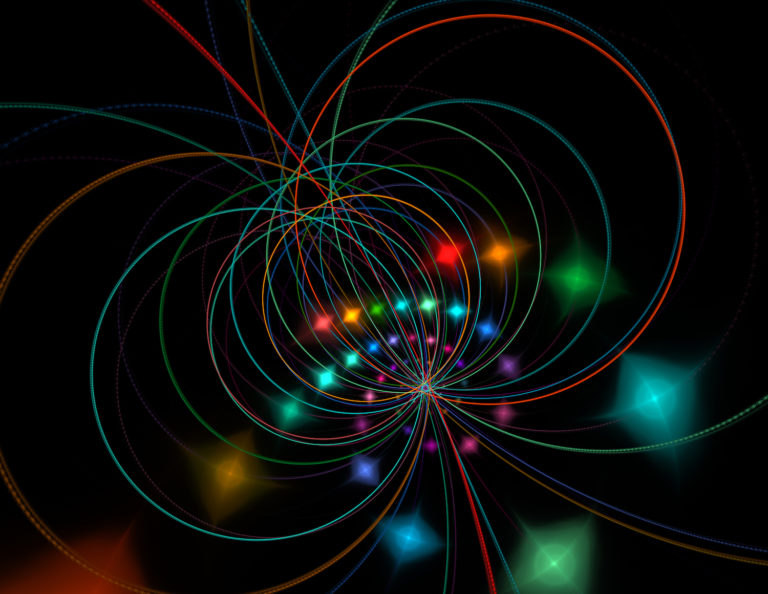What is the String Theory ?
String theory represents a major dream of theoretical physicists — a description of all forces and matter in one mathematical picture. But after countless papers, conferences and dry-erase markers, the breathtaking breakthrough many once hoped for seems further away than ever.
Nevertheless, even without signs of flashy progress, the resulting insight has left a deep imprint on both physics and math. Like it or not (and some physicists certainly don’t) string theory is here to stay.
String theory simplified
As a so-called “Theory of Everything” candidate, string theory aims to address various theoretical conundrums; the most fundamental of which is how gravity works for tiny objects like electrons and photons. General relativity describes gravity as a reaction of large objects, like planets, to curved regions of space, but theoretical physicists think gravity should ultimately behave more like magnetism — fridge magnets stick because their particles are swapping photons with fridge particles. Of the four forces in nature, only gravity lacks this description from the perspective of small particles. Theorists can predict what a gravity particle should look like, but when they try to calculate what happens when two “gravitons” smash together, they get an infinite amount of energy packed into a small space — a sure sign that the math is missing something.
One possible solution, which theorists borrowed from nuclear physicists in the 1970s, is to get rid of the problematic, point-like graviton particles. Strings, and only strings, can collide and rebound cleanly without implying physically impossible infinities.
“A one-dimensional object — that’s the thing that really tames the infinities that come up in the calculations,” said Marika Taylor, a theoretical physicist at the University of Southampton in England.
String theory turns the page on the standard description of the universe by replacing all matter and force particles with just one element: Tiny vibrating strings that twist and turn in complicated ways that, from our perspective, look like particles. A string of a particular length striking a particular note gains the properties of a photon, and another string folded and vibrating with a different frequency plays the role of a quark, and so on. In addition to taming gravity, the framework proved attractive for its potential to explain so-called fundamental constants like the electron’s mass. The next step is to find the right way to describe the folding and movement of strings, theorists hope, and everything else will follow.
But that initial simplicity turned out to come at the cost of unexpected complexity — string math didn’t work in the familiar four dimensions (three of space and one of time). It needed six additional dimensions (for a total of 10) visible only to the little strings, much as a powerline looks like a 1D line to birds flying far overhead but a 3D cylinder to an ant crawling on the wire. Adding to the conundrum, physicists had come up with five conflicting string theories by the mid-1980s. The theory of everything was fractured.
How can we reconcile gravity with quantum physics?
Why are there different types of particles?
How can we verify the existence of additional dimensions?
All these answers in 16 minutes!
Do not forget to share your opinion with us to provide you with the best posts !




0 Comments